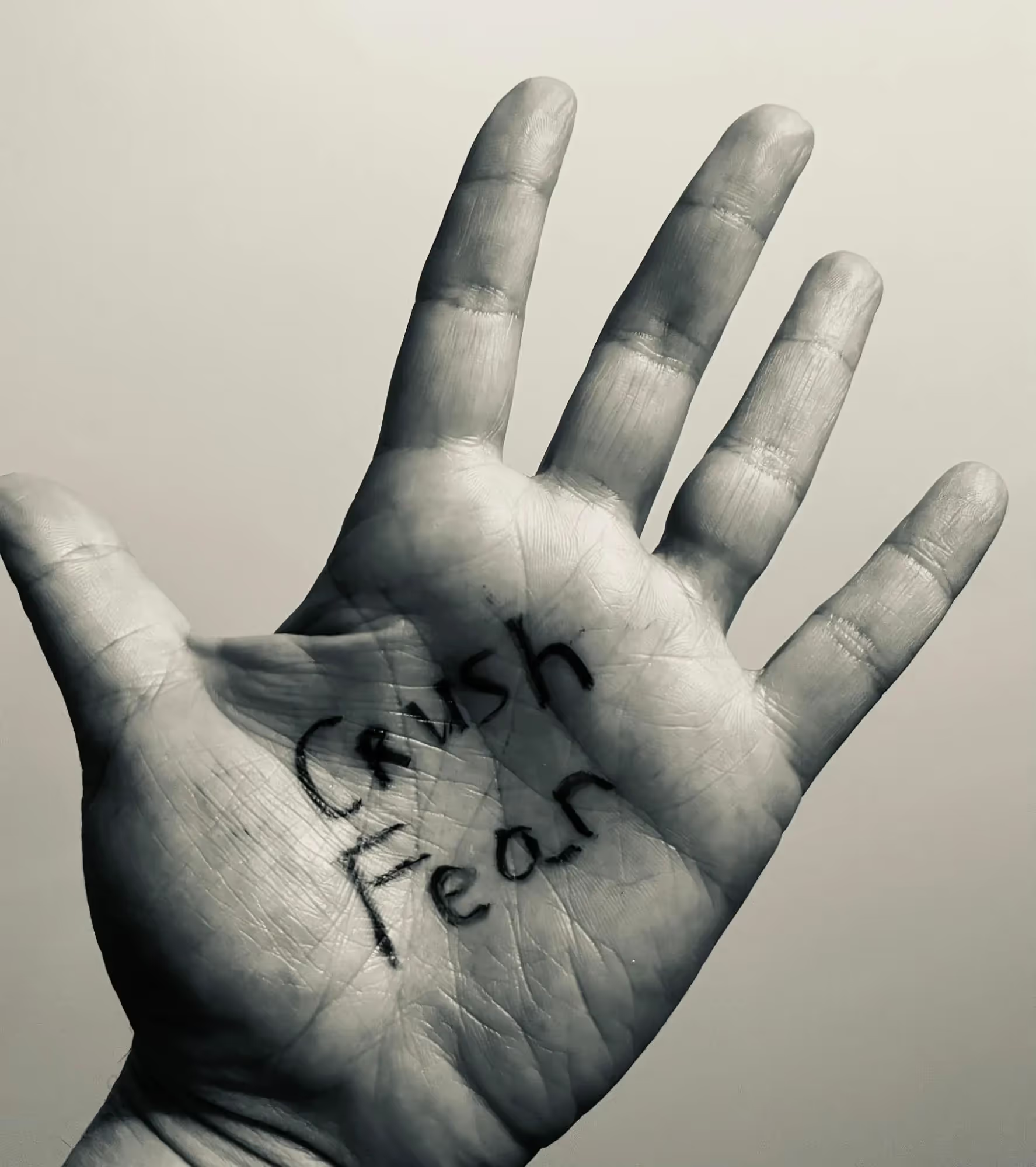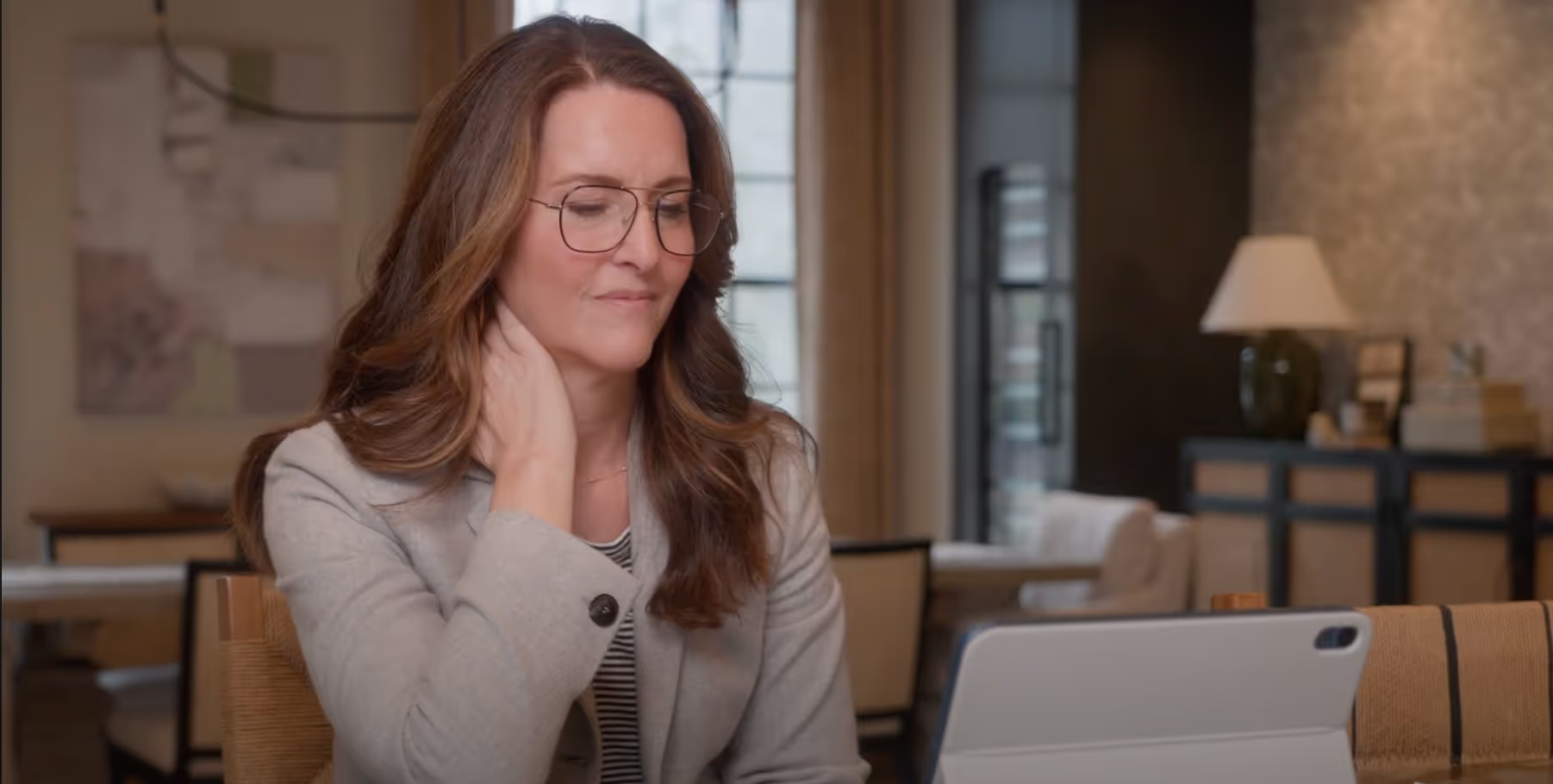Anxiety is a beast and it can confront any of us, when and where it pleases. As expected, patients living with chronic disease contend with symptoms of generalized and episodic anxiety much more. This doesn’t mean we can’t meet it head on—even welcome and accept it—but then promptly put it in its place.
First let’s dispel the taboo of mental symptoms, whether in isolation or whether related to a chronic illness. Be clear that the mind affects the body in a very real way and the body can affect the mind. It’s intangible but there are very real chemicals having their way with us when under attack. There is no shame in experiencing these symptoms; this is not a weakness and it is not a flaw. It is real and human – the same way we see blood pressure and your heart beat as real. We can’t see these symptoms, but that doesn’t make them imaginary or any less important to tackle. We here at Synapticure can help you address this common but debilitating symptom in several ways.
Medications are one way that one can effectively manage symptoms. SSRIs and SNRIs (prozac, lexapro, paxil and friends….) are the mainstays of treatment. These are often associated with the treatment of depression, but are also first line treatment for anxiety. These medications are used to prevent the symptoms before they start. There are other medications that can be used on as needed basis to break an anxiety attack once it has started. These medications fall under the category of benzodiazepines and can be used in small doses in those patients living with ALS.
Therapy is another proven and effective means of managing chronic anxiety or discrete attacks. Talk therapy and/or cognitive behavioral therapy can utilize simple listening and discussion to generate plans for coping mechanisms. The exercise of talking alone can help to offload burdensome thoughts and feelings. This should always be performed by someone who is licensed to do so.
Let’s also touch a little on some other ways to break through a spell of anxiety by yourself or with the help of your caregiver. Some of it puts the power of the mind to work because – although I may be a biased neurologist—I think the brain is a pretty amazing tool!
Meditation
Transcendental Meditation® and TM®
(this is a proprietary practice that must be taught by a certified instructor)
In brief, this sort of meditation attempts to clear the mind of thoughts by allowing them to enter and flow through without focusing on them. A mantra is given to the person, by the teacher, to help with this.
Mindful meditation
- Sit in the most comfortable position or lie down if that is not possible.
- Focus on each part of the body starting from the crown of the head and moving downward.
- As the focus is on a particular body part, pay attention to relaxing that particular area.
- Example: start with the face, relax those muscles, move to the shoulders, down the arms, the hands, the chest and belly, the back, the legs and feet.
- Acknowledge any thoughts that come in regarding that part of the body, even if they are unsettling. Acknowledge that it is just a thought, it is intangible and it is not going to hurt you. Picture those thoughts as coming through on a radio station that you can't change. Just observe them. Then let them pass through the mind and disappear.
Grounding
- Place the feet on the floor or other hard surface if possible.
- Place the hands on the arms of a chair. If possible, grip them.
- Feel the bed or the chair supporting your body.
- Focus on something tangible but insignificant, like the grain of the wood on the floor or an imperfection in the paint on the wall, and keep the focus off the anxiety and panic. Look at it and recognize, it’s present, “it’s real, it’s not hurting me, I am ok right now”.
- Take note of things that are running through your senses. Things you can see, feel, hear, smell or taste. Again remind yourself that those are real things and none of those are going to harm you
Deep breathing
Belly breathing to increase GABA, our favorite calming neurotransmitter. Yep, proper breathing can help release that good stuff! Good belly breathing happens when a deep breath moves your belly outward but your chest stays still; if you see your chest moving more than your abdomen, then the breathing is likely too shallow.
Cold air/water on face
Splash/submerge or use a cold towel or ice pack. If you can get out into the cold air that is a plus too! Activating the vagus nerve in this way can get your heart rate and blood pressure down and help silence that anxiety.
Neck Fan
Make use of a small portable neck fan you feel warm or claustrophobic.
Valsalva
This means bearing down like you are going to the toilet, which can calm a racing heart/palpitations.
Visualization
Use pleasant mental imagery to break free from an anxiety attack.
Herbals
(Mother Earth gives us some pretty awesome gifts)
- Lavender oil or the loose lavender petals can be boiled with any non-caffeinated tea
- Lemon balm tea (yum!)
- Valerian root tea (sedating)
- American Skullcap tea (sedating) - do not use if you have diabetes or liver disease
- Chamomile tea
Avoidance
Use caffeinated drinks or foods in moderation.
Use a “breathe bubble"
To help properly time inhalations and exhalations. It’s a nice visual too.
“The mind is a superb instrument if used rightly.”
~Eckhart Tolle












.png)


